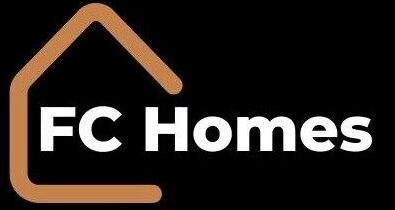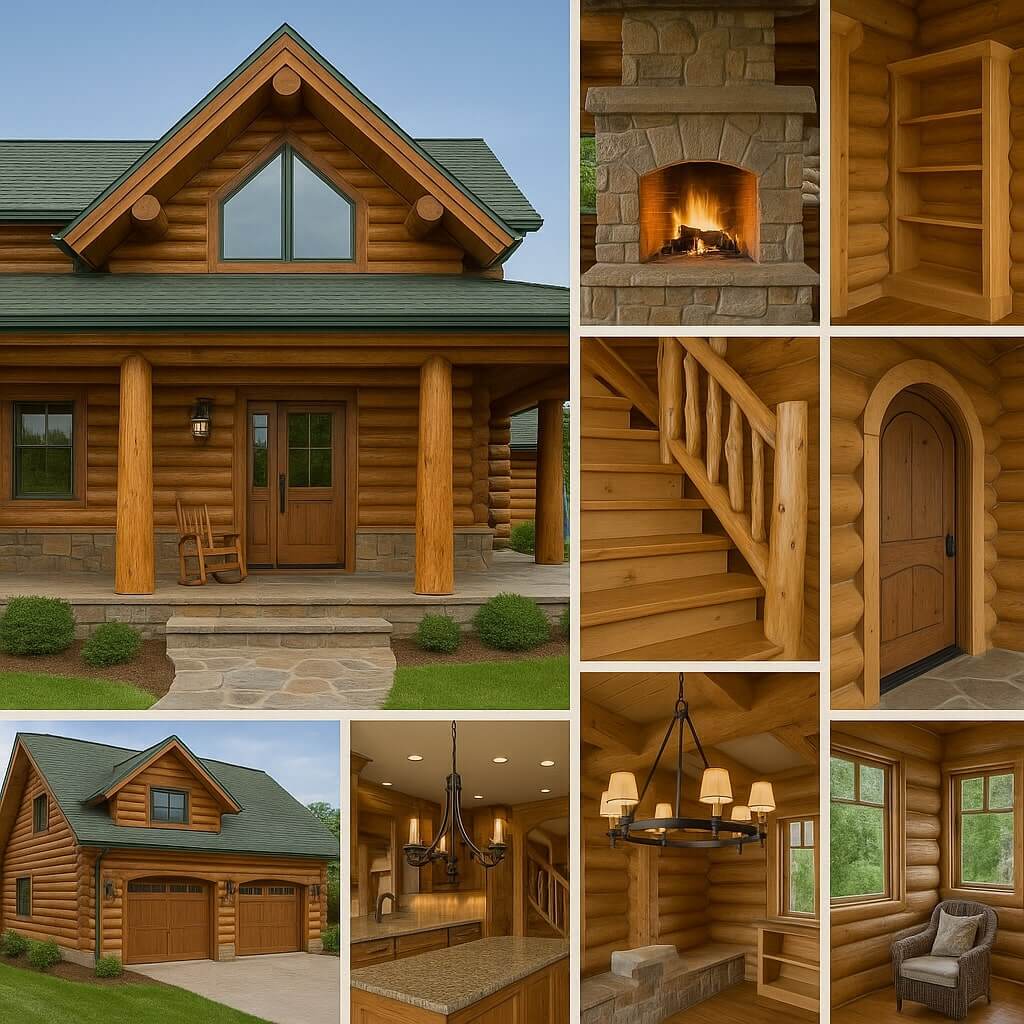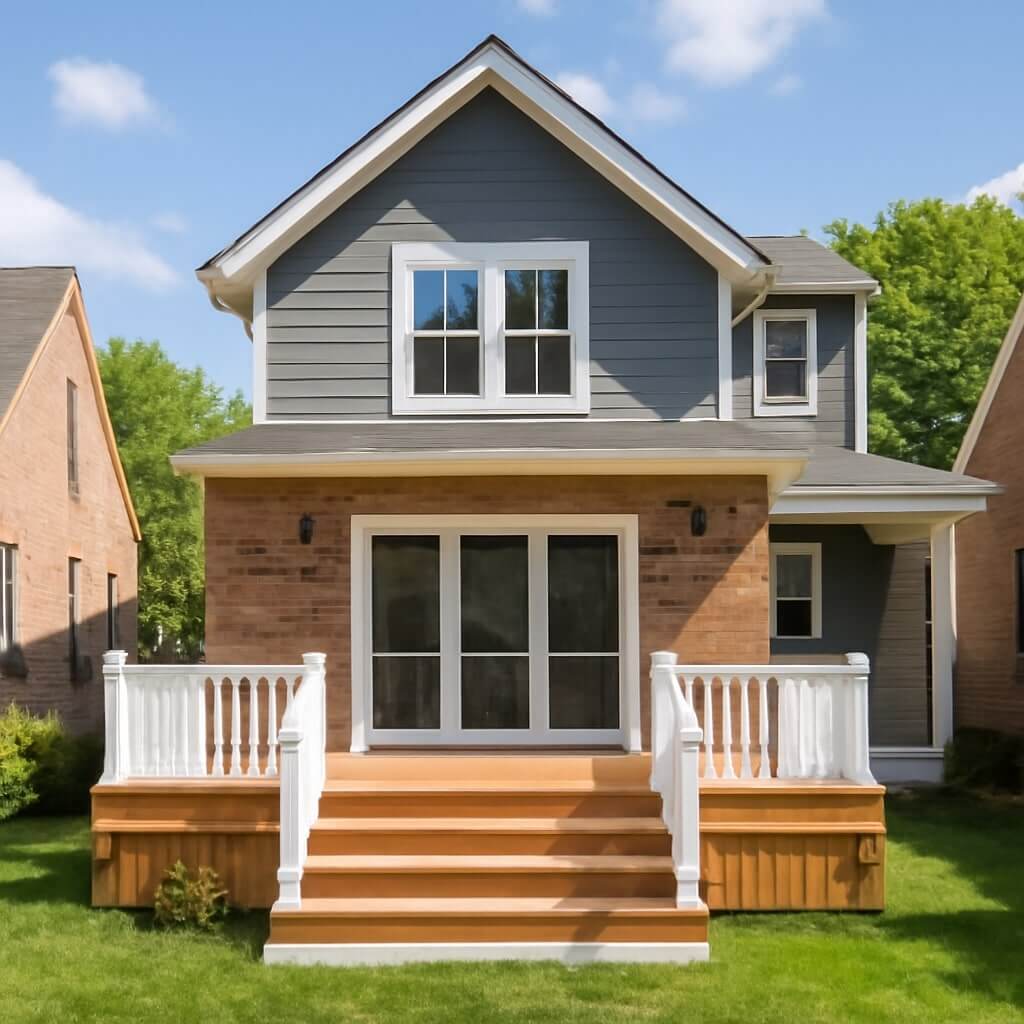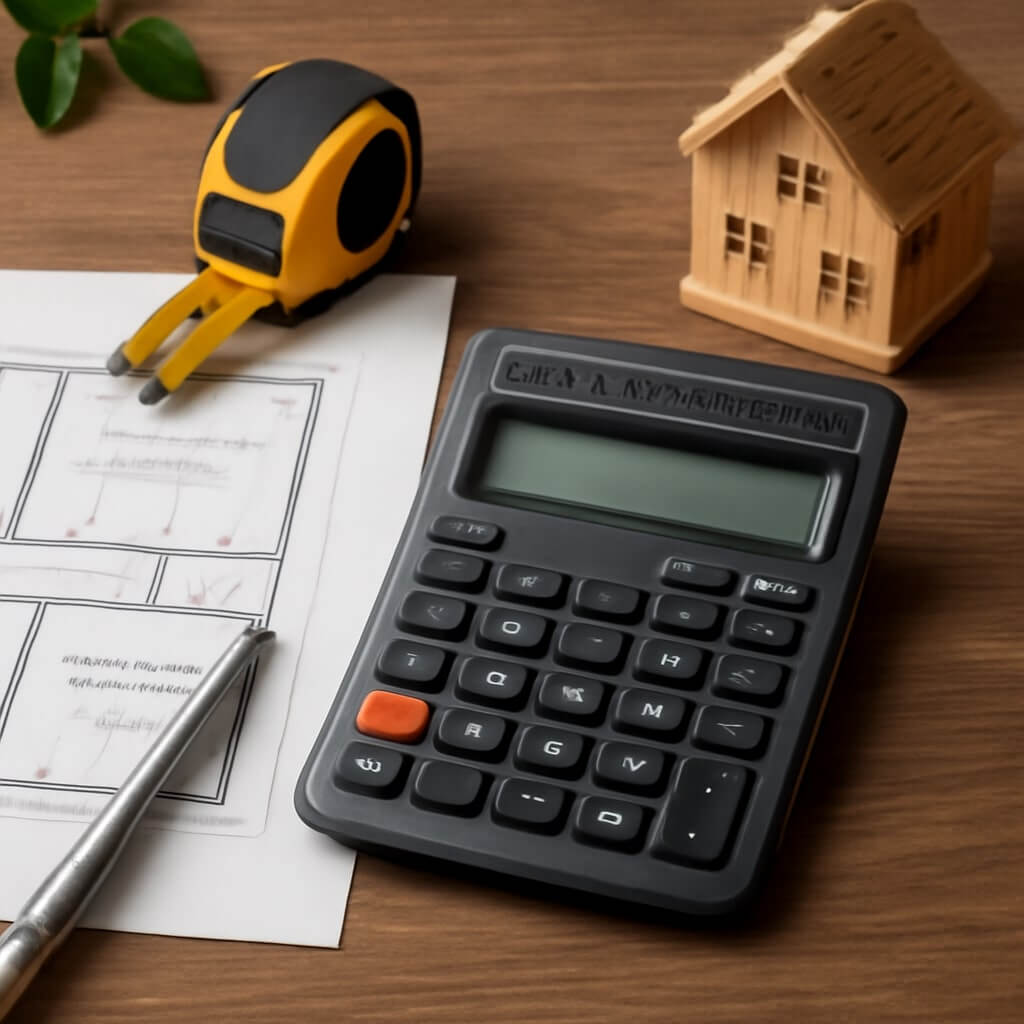If you’re considering adding an addition to your mobile home, you’ve come to the right place. This project can transform your space and improve functionality, but it requires careful planning. First, you’ll want to assess your needs and set clear goals. Understanding local building codes is vital, too. But where do you start? Let’s break down the steps to guarantee your addition is successful and meets your vision.
Key Takeaways
- Assess your mobile home’s layout and determine the purpose of the addition, ensuring it enhances functionality and daily use.
- Research local building codes and secure necessary permits to ensure compliance before starting the construction process.
- Create a detailed budget that includes materials, labor, and a contingency fund for unexpected expenses throughout the renovation.
- Prepare the construction area by clearing debris, leveling the ground, and marking the perimeter according to your building plan.
- Follow a step-by-step construction process, focusing on foundation integrity, insulation, and finishing touches like decor and furniture arrangement.
Assessing Your Needs and Goals
Before diving into the renovation process, it’s essential to assess your needs and goals for the addition.
Start by defining space—think about what you truly need. Do you want a larger living area, a dedicated office, or a guest room?
Define your needs: envision a larger living area, a dedicated office, or a welcoming guest room.
Prioritizing functionality is key; guarantee every square foot serves a purpose.
Consider how the addition will integrate with your current layout and lifestyle.
Visualize how you’ll use the space daily and how it’ll enhance your home.
Understanding Local Building Codes and Regulations
Before you start adding that new room, you’ve got to check your local building codes and regulations.
Understanding the permit application process and zoning requirements can save you time and avoid costly mistakes.
Let’s break down what you need to know to keep your project on track.
Research Local Regulations
When you decide to add an addition to your mobile home, it’s crucial to understand local building codes and regulations, as they can greatly impact your project. Start by checking local zoning laws to verify your plans comply. You’ll also need to secure building permits before beginning construction. Here’s a quick guide to help you:
| Aspect | Importance | Action Required |
|---|---|---|
| Local Zoning | Determines where you can build | Research local laws |
| Building Permits | Legal permission to construct | Apply for necessary permits |
| Inspection Requirements | Guarantees safety and compliance | Schedule inspections |
Stay informed to avoid costly mistakes!
Permit Application Process
Maneuvering the permit application process can feel overwhelming, but understanding local building codes and regulations is key to a successful addition to your mobile home.
Start by identifying the permit types you’ll need, which may include building, electrical, or plumbing permits. Check your local government’s website for specific requirements, as these can vary.
Keep in mind the application timeline; some permits might take weeks to approve. Be prepared with all necessary documentation to streamline the process.
Zoning Requirements Overview
Understanding zoning requirements is essential for guaranteeing your mobile home addition complies with local regulations and avoids potential setbacks.
Here are four key points to take into account:
- Zoning Classifications: Check your area’s zoning classifications to determine what types of structures are permitted.
- Setback Requirements: Verify your addition meets setback requirements, which dictate how far your structure must be from property lines.
- Height Restrictions: Be aware of any height restrictions that may apply to your new addition.
- Permitted Uses: Confirm that your intended use aligns with local zoning laws.
Planning Your Budget
As you commence on the exciting journey of adding an addition to your mobile home, planning your budget becomes essential to the project’s success.
Start with a detailed cost estimation, considering materials, labor, permits, and unexpected expenses. Break down your budget allocation into categories, making sure to allocate enough for each phase of the project.
It’s wise to set aside a contingency fund for surprises that may arise. Researching prices and soliciting quotes can help you make informed decisions.
Designing Your Addition
When designing your addition, start by evaluating your space requirements to guarantee it meets your needs.
Next, consider choosing suitable materials that not only match your existing home but also withstand the elements.
This careful planning will set the foundation for a successful project.
Assessing Space Requirements
Before you plunge into the design process, it’s essential to assess your space requirements for the addition. Proper space utilization and layout optimization will guarantee your new area meets your needs.
Consider these four key factors:
- Purpose: Define how you’ll use the space—living area, bedroom, or office?
- Dimensions: Measure the available area and determine how much room you can spare.
- Flow: Think about how the addition connects with existing rooms.
- Zoning Regulations: Check local laws for size, setbacks, and other restrictions.
Taking these steps will help you create a functional and harmonious design.
Choosing Suitable Materials
Selecting the right materials for your mobile home addition is essential to ensuring durability, comfort, and aesthetic appeal.
Consider sustainable materials like bamboo or reclaimed wood, which not only look great but also help the environment. Look for materials that offer high durability, such as fiber cement siding or metal roofing, to withstand various weather conditions.
Don’t forget insulation; it’ll keep your space cozy year-round. Additionally, choose low-maintenance options to save time and effort.
Gathering Necessary Materials and Tools
Gathering the right materials and tools is essential for a successful mobile home addition. You’ll want to verify your material types are suitable for durability and weather resistance.
Proper tool selection not only makes your job easier but also enhances safety. Here’s a quick list to help you get started:
- Lumber – Choose pressure-treated wood for the framework.
- Insulation – Opt for foam board or fiberglass for energy efficiency.
- Siding – Use vinyl or wood for a cohesive look.
- Fasteners – Stock up on screws and nails suitable for outdoor use.
Get these essentials, and you’ll be ready to move forward!
Preparing the Site for Construction
Once you’ve gathered your materials, it’s essential to prepare the site for construction to secure a solid foundation for your addition. Start by clearing the area of any debris, vegetation, or obstacles. Next, focus on land leveling to guarantee a flat surface. Use a string line to check the height and make necessary adjustments. Proper site preparation prevents future issues like water drainage problems.
| Task | Tools Needed | Tips |
|---|---|---|
| Clear the Area | Rake, Shovel | Wear gloves |
| Level the Ground | Level, String Line | Check for slopes |
| Mark the Perimeter | Stakes, Rope | Follow building plan |
Building the Foundation
Before you start framing your addition, it’s vital to build a strong foundation that can support the structure.
Begin with a thorough soil assessment to determine the best foundation types for your mobile home.
Here are four key steps to follow:
- Choose the Right Foundation Type: Consider options like concrete piers, slabs, or block foundations based on your soil type.
- Excavate: Clear the area and dig to the required depth.
- Level the Ground: Guarantee a flat surface for stability.
- Install Footings: Pour concrete footings to provide a solid base for your addition’s foundation.
Constructing the Walls and Roof
As you move forward with your addition, constructing the walls and roof is essential for guaranteeing the structure’s integrity and functionality.
Start with wall framing, using sturdy materials like 2x4s for a solid base. Make sure you align the studs correctly and secure them with screws.
Begin your wall framing with sturdy 2x4s, ensuring proper stud alignment and secure fastening for a solid foundation.
Next, focus on the roof structure. Choose between a flat or sloped design based on your climate and personal preference. Use plywood sheathing to create a stable surface for roofing materials.
Don’t forget to install proper insulation and vapor barriers to maintain energy efficiency. With careful attention, your walls and roof will be ready for the next steps.
Finishing Touches and Interior Design
While constructing the addition to your mobile home may have been a significant undertaking, the finishing touches and interior design will truly bring your vision to life.
Focus on these key elements:
- Color Schemes: Choose a cohesive palette that complements your existing space.
- Furniture Placement: Arrange furniture for ideal flow and functionality.
- Lighting: Use a mix of ambient, task, and accent lighting to enhance the atmosphere.
- Decor: Add personal touches with artwork, plants, and textiles that reflect your style.
These finishing touches will transform your new addition into a warm, inviting space that feels just right.
Conclusion
Adding an addition to your mobile home can transform your living space and enhance your lifestyle. By carefully evaluating your needs, understanding local regulations, and sticking to your budget, you’ll set the stage for a successful project. With thoughtful design and the right materials, your new space will feel like a natural extension of your home. Embrace the process, and enjoy the journey of creating a comfortable and functional environment tailored just for you.




